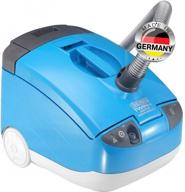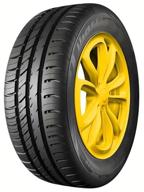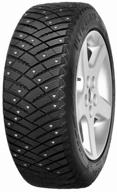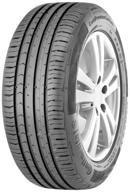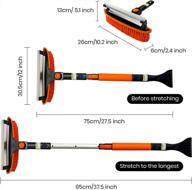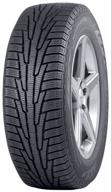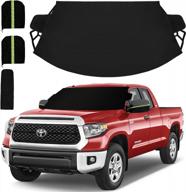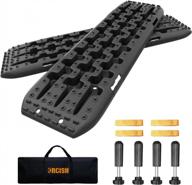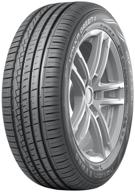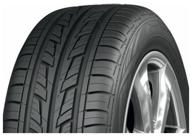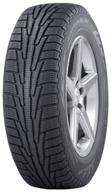- Charming in appearance Manufacturer's bright claims, and drooling autobloggers
- The cost of such power over Gets stuck in a rut, where every turn brings the terrifying fear that you'll skid out of control.
- the first 5000 kilometers were on very rubber.
- The spikes are simply not what they should be; they are many but little, and even with little snow, they stop operating. However, the most significant fact is that their regular employment is over after 5000–7000 kilometers. The cord could also be stiffened.
- Fair cost, not the lowest but not the highest either. Comparing soundproofing to Velcro, noise levels are within the margin of error. Wet pavement and oatmeal turn into an exciting experience. Draws 1,300 kilograms (3,000 pounds) up an icy hillside just like it was summer.
- If you drive too swiftly through steep corners and move the steering wheel too sharply, the excitement will quickly be replaced with the foul scent of pengers. Contrary to the advertisement, the skid's edge is not gradual but rather sharp. Road conditions are unpredictable, therefore it's important to always be prepared for the worst. The worst product I had to roll at t values between 0 and -10 (let's be extra careful) was in the corners.
- highest quality rubber available
- highest quality rubber available
- Very good winter and off-season performance on both dry and rainy roads. They are only slightly louder than a normal conversation, they handle the road surface excellently (the sidewalls are quite strong even on the 65 profile, the push wheel does not break in corners), and it does not sag at positive temperatures. Unlike the XIN2, changing to winter tires (from summer Michelin PS4s to winter Michelin PS55s with an even higher load index and a very stiff sidewall) does not feel like going from a vehicle to a swamp. On ice, the grip is not as "anchor" as the 8 Hakkapelita, but control is considerably more predictable; skidding does not occur suddenly as the lateral load grows, but the car begins to be somewhat dragged long before the breakdown into a skid. When driving on ice, it seems like you have coarse sandpaper instead of spikes on your tires; this gives you a wonderful sense of control over your vehicle's placement and its holding power.
- Because their sidewalls are stiffer than those of the XIN2, they "flatten" less and row less efficiently on soil or a yard covered in snow. It has poor directional stability in "track after a heavy snowfall" circumstances and requires continual taxiing, but it slows down more effectively than XIN2 on rolling snow. The composition of this rubber raises serious concerns about its performance at -40 degrees.
- Very balanced rubber with excellent driving traction on all terrain. It is quiet on the pavement, adheres to the ice well, and conducts itself fairly on wet pavement. The snowfall is steady. Very powerful - it flew into a variety of holes, but once it did so into a deep, sharp-edged cutout in the asphalt, and I didn't have time to switch it off. The blow was so powerful that I was concerned for the rubber, but in the end, the front disk ruptured, and the rubber on it is entire. And neither party suffered a back injury. This surprised me because their previous models, according to the reviews, were subpar. Well, the spikes don't shatter anymore!) And everything is set up for the season!
- in deep snow (I drove into the forest) floats a little. Snow porridge is also available for 4ku, though I'm not sure what kind of rubber works best with our porridge. Price (excluding my case), even if I believe that the price and quality are comparable.
- Controllability
- Don't know
- Maneuverability, a quick stopping distance on ice, and steadiness on dry roads are all important.
- Noisy
- The sound is soft, but relatively busy, and it has an odd tone, making it less irritating than it would otherwise be. When compared to the 7th hakkapelita, it unquestionably does not do any worse in terms of general road grip. It performs noticeably better on both ice and slush. The more you drive, the more your instincts will train you to believe that the rubber will not fail you if you drive sensibly. This confidence will grow gradually as you progress through the driving process.
- In the beginning, one gets the impression that the rubber "floats" a little bit. At first glance, the nature of the rubber ride that is attached to it seems to be a little bit peculiar.
- handling both in dry and wet conditions on roadways while the air temperature is positive
- Not yet
- Gentle and not very boisterous.
- If only the cost were different...







